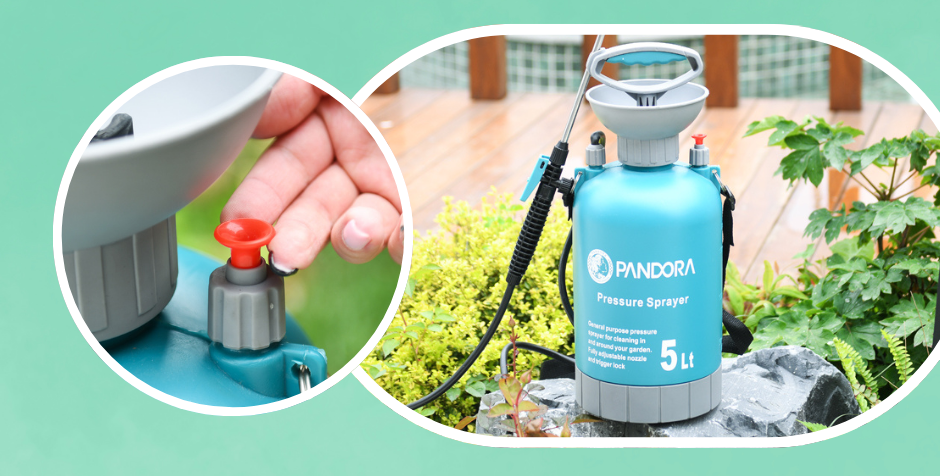– Simple guide to what it does, how to fix it, and how to keep it working
If you use a garden pressure sprayer, there's one small part you should never ignore — the safety valve. It might be tiny, but it plays a big role in keeping you and your sprayer safe.
What Does the Safety Valve Do?

The safety valve is like a pressure relief button.
When you pump your sprayer, pressure builds up inside the tank. But too much pressure can damage the sprayer or even cause it to burst. That's where the safety valve comes in — it automatically releases air when the pressure gets too high, protecting you and your equipment.
Most valves are designed to open at around 120 psi (pounds per square inch).
Common Safety Valve Problems (and How to Fix Them)
Here are some typical issues you might run into with the safety valve, and how to deal with them:
| Problem | What It Means | What You Can Do |
| Valve won't open | Pressure stays trapped inside | Check for a stuck spring or debris, clean it out |
| Air keeps leaking | Seal might be damaged | Replace the rubber seal or the whole valve |
| Valve makes noise | Pressure may be unsteady | Clean it and make sure it's seated correctly |
| Valve is stuck shut | Soak it in warm water and clean it gently |
How to Maintain the Safety Valve
Keeping your safety valve in good condition is simple, and it can help your sprayer last longer:
✅ Rinse it after each use — especially after spraying chemicals or fertilizers
✅ Check it monthly — make sure it opens and closes without problems
✅ Replace it once a year — or earlier if it's cracked or worn
✅ Store your sprayer in a dry place — to avoid rust or damage
Need Help with a Sprayer Safety Valve?
If you're not sure whether your valve is working right — or you need a new one — we're here to help.
👉 Click here to contact our team